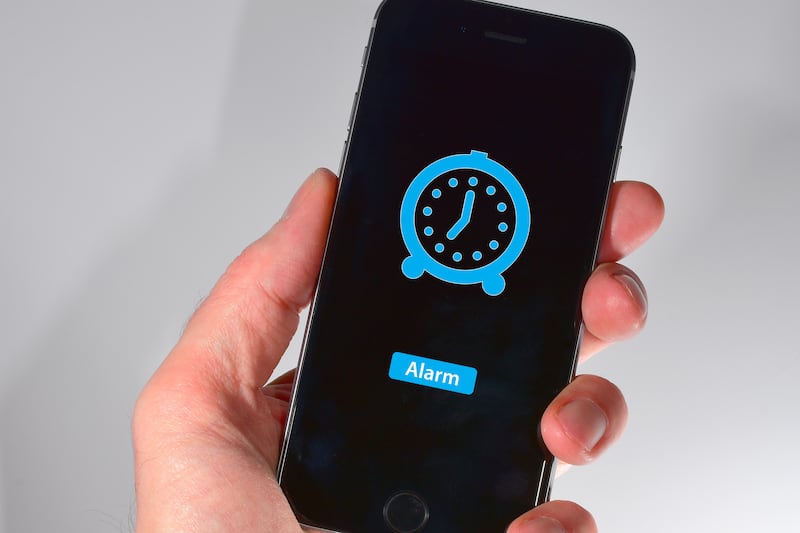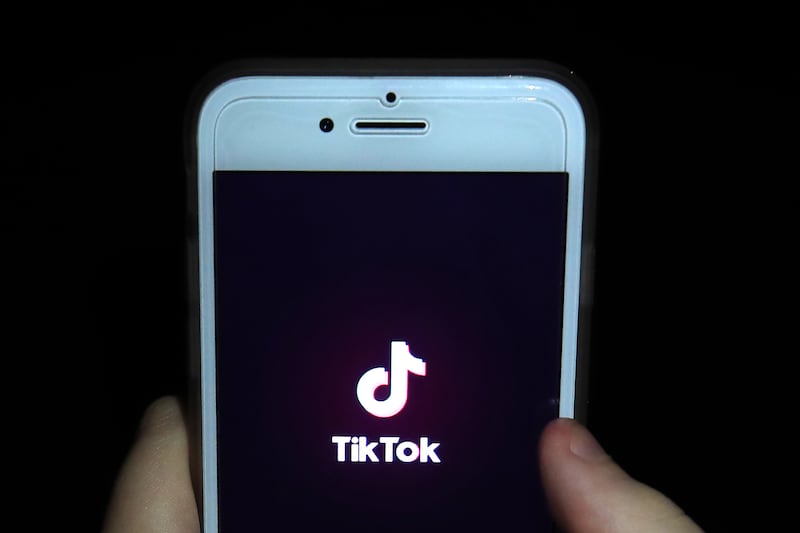Google’s big push into hardware has already produced two recent standout devices – Google Home and Pixel phone – and now the tech giant is determined to make strides in laptops.
To do that, the firm has introduced the Pixelbook, a high-end version of its Chromebook laptop, which it sees as a rival to Apple’s MacBook and the Microsoft Surface.
To try and achieve this, the Pixelbook has been built to not just be light and portable, but also flexible (literally) – the Pixelbook screen can be folded into four different viewing and use angles.
Built with Chrome OS too it has the potential to offer a slick, smart alternative to the occasional chaos of Windows 10 and what some consider the sterile environment that is macOS.
The issue is that with a hefty starting price of £999, the Pixelbook is placing itself in the centre of a competitive field.
Does it have enough range to stand out?
Design

Google’s history with hardware is sketchy. The Google Home is a fine piece of design, especially compared to the Darth Vader-esque Amazon Echo.
But the Pixel smartphone and its two-tone rear panel is more of an acquired taste. You either like it or you don’t, the middle ground is almost non-existent.
With this in mind, the Pixelbook is a fascinating piece of design because it too has the two-tone Pixel form factor and yet looks great for it.

Silver metal is paired with glass and a white finish at the lip end of the device, with a subtle Google logo to serve as an identifier. It looks smart and stylish, a break with conventional laptop looks in a refreshing manner.
Once opened, the keyboard and trackpad are comfortable to work with too. The trackpad feels slightly like a throw back as it actually moves when you click it, unlike some modern MacBooks for example.
The screen is bright and easy to work with, however the large bezels on the Pixelbook feel like an oversight, and an opportunity missed to have a larger and more engaging display.
This is particularly true when you consider the Pixelbook has a stylus companion – the Pixelbook Pen – which even houses a button which can be used to summon Google Assistant.

The Pen is also a key facet in the different use modes the Pixelbook can be set in. Alongside the traditional laptop mode, the keyboard can be folded underneath the screen to create tablet mode.
These two set-ups both have their uses, and the Pixelbook is smart enough to know you’ve folded the device in such a way, so accidental keyboard inputs aren’t registered.
The other two modes of use Google promote are more of a question mark. Both are meant to improve the experience when watching video on the device.
The first is ‘tent mode’, where the screen and keyboard are folded to create a tent-like shape, enabling users to access the screen without the buffer of the keyboard in between. However it feels a little unstable, and the volume keys are on the keyboard half of the device, meaning you have to reach back an unnatural length beyond the screen to tweak the sound.
Entertainment mode – where the keyboard is face down on the desk and the screen angled upwards – is more of a success, enabling close interaction with the screen while it stays upright at a comfortable angle.
But again you have the volume button issue, and the screen does wobble under pressure, making sketching in this mode not a smooth experience.
Experience

On the subject of experience, at the core of the Pixelbook user experience is Chrome OS, Google’s desktop operating system that to anyone unfamiliar is essentially Android.
This has its advantages in that from a web browser perspective it’s an incredibly clean experience. Chrome is the best web browser out there, so building your laptop around that can’t be a bad idea.
However, Chrome is the beginning and end of the highlights within the Pixelbook’s software.
Beyond the browser, users have to make do with the Google Play Store for their app ecosystem – essentially a mobile app store, full of mobile apps, for their expensive desktop device.

That doesn’t sit well because you feel as though you’ve been shortchanged, especially compared to rivals.
The diversity of the Play Store is great, but it’s not a place from which users can build the top-end system they crave.
There are plus-points to other aspects of the Pixelbook however – the fast charging is handy and the battery life is excellent.
Google Assistant is also built in – complete with its own dedicated button on the keyboard, and as one of Google’s finest pieces of software is great to have so close to hand constantly.
Verdict

The Pixelbook then is something of an ‘almost’ device. The hardware is stunning – proof that Google has nailed laptop design.
But its software falls short of what is expected of a laptop of this value, and that ultimately costs this device full marks.
As a practical notebook for casual users the Pixelbook makes complete sense and would be wonderful, but that’s not the market Google is chasing, and as a result the Pixelbook misses its ultimate mark despite showing plenty of promise.
4/5








